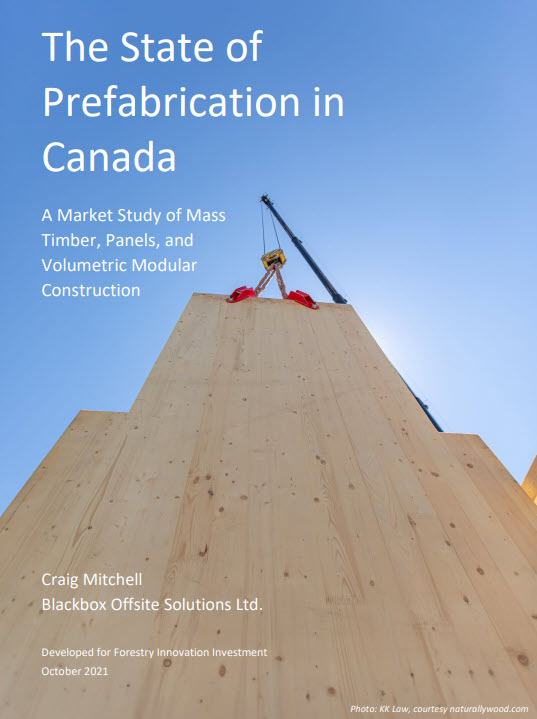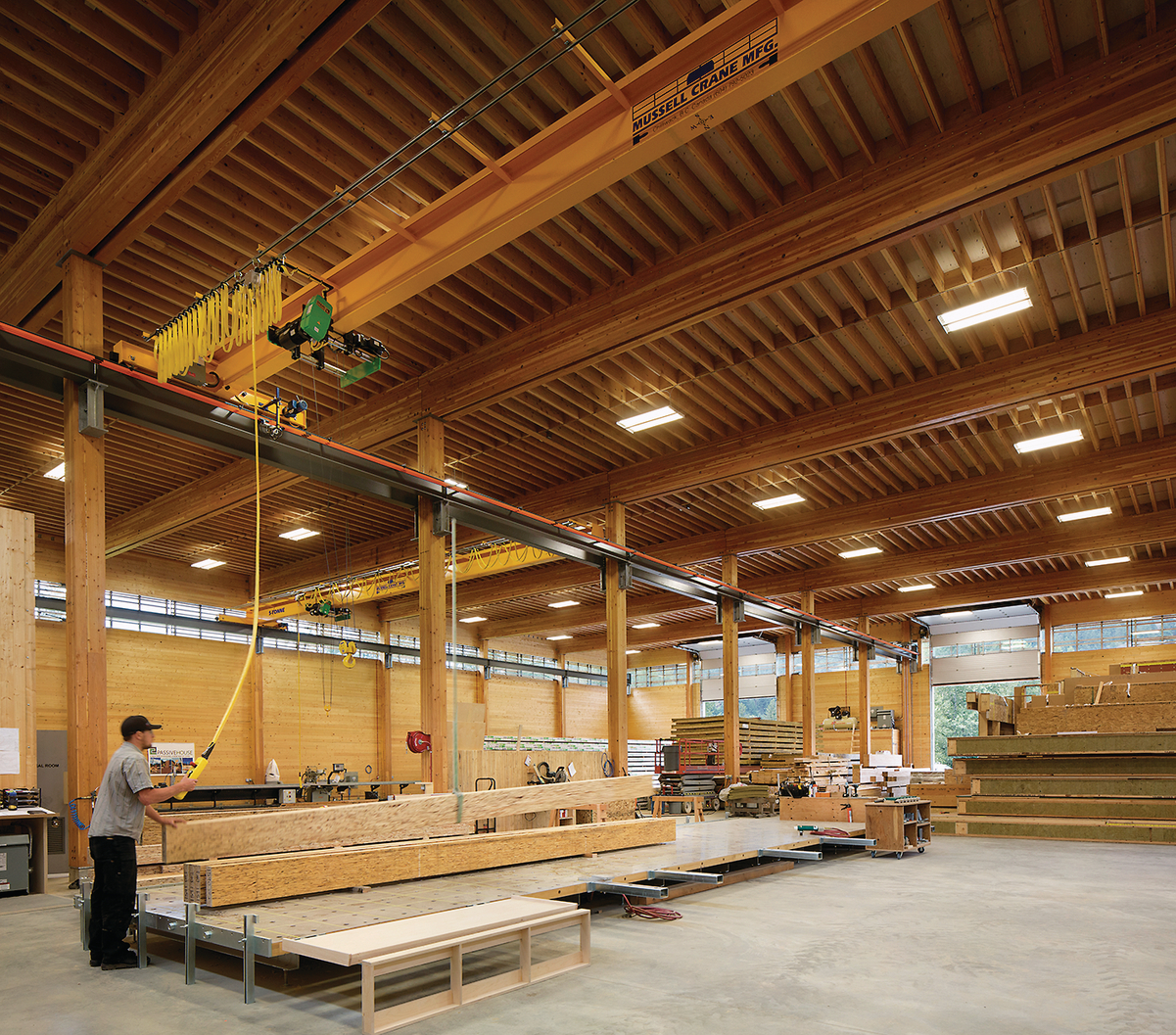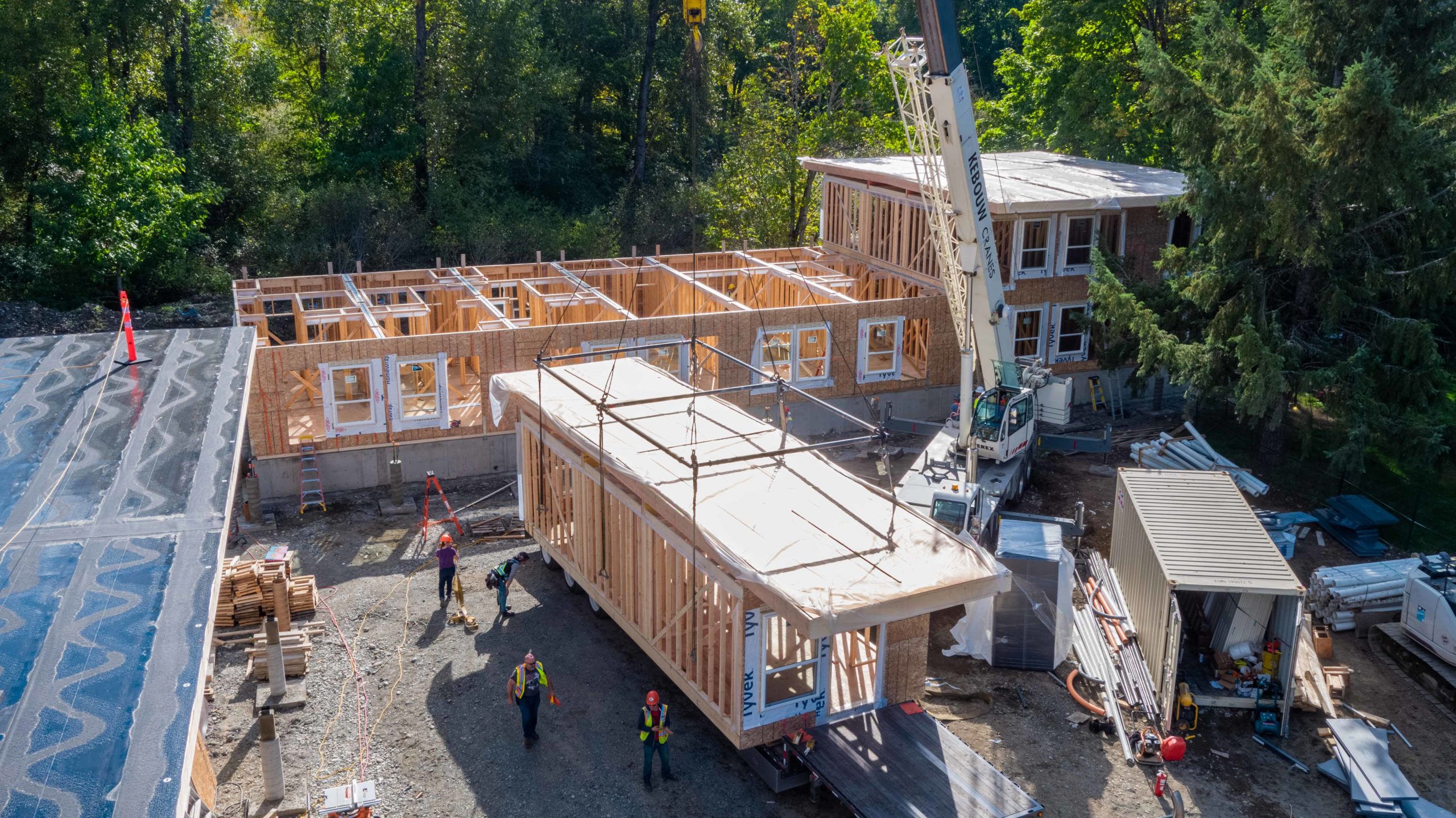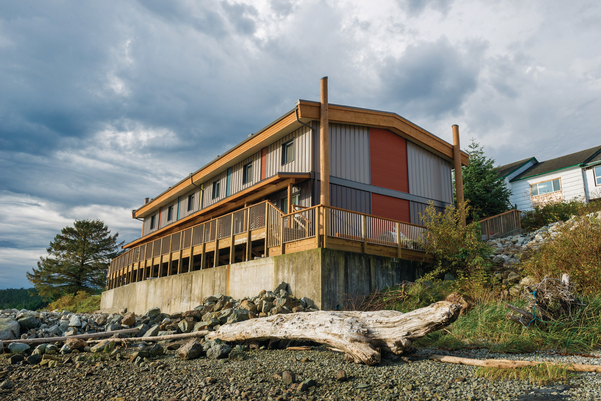A market study of mass timber, panels, and volumetric modular construction
Canada has a long history of using prefabricated construction, and current market and societal conditions are driving a greater push toward industrialization and prefabrication across the country to offer solutions to the lack of affordable housing, supply and demand pressures in the construction sector and a shift towards sustainability and green buildings.
Drivers of prefabrication in Canada
The construction industry in Canada is being challenged to build more efficiently and look to innovative methods to develop infrastructure, facilities and housing. Additionally, time and cost considerations position prefabrication as an optimal alternative to traditional construction by providing owners with an accelerated construction schedule as well as cost certainty. As the prefabrication of major components takes place in a climate-controlled facility, QA/QC processes can be executed more thoroughly and deficiencies can be addressed in a timely manner.
This report written by BlackBox Offsite Solutions explores the three forms of prefabrication—mass timber, panels, and volumetric modular construction. It was conducted through a broad-based literary review examining both Canadian and international academic studies, industry papers, and government reports; in addition to in-depth interviews with key industry stakeholders.
Topics include
- Sections on mass timber, panels and volumetric modular construction.
- Why prefabrication and why now?
- Market background of prefabrication in Canada.
- The advantages of prefabrication.
- Opportunities to grow prefabrication.
- Recommendations and areas for further study.




